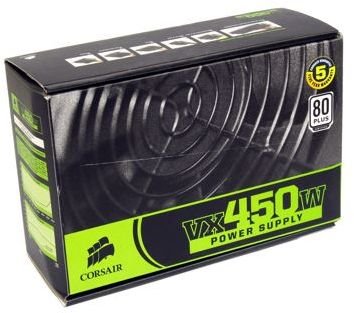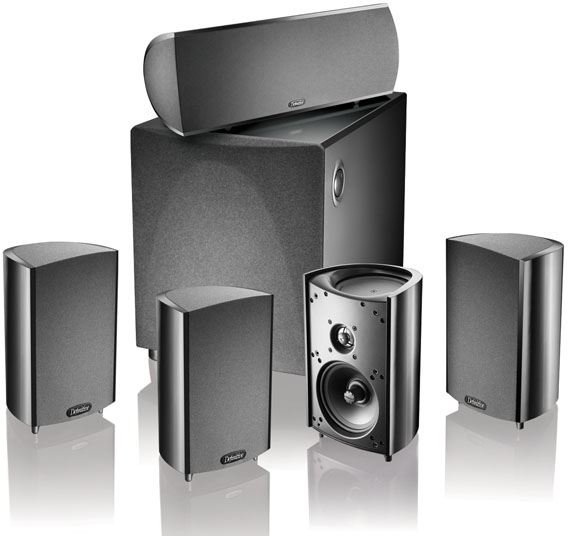How to Save Energy with Your Computer
A Greener Machine
It is no secret that computers use a considerable amount of energy. After major appliances such as refrigerators, computers are some of the most energy greedy devices in a modern home. Leaving a computer running 24 hours 365 days a year can cost several hundred dollars per year. The most expensive cost of operating a computer is potentially no longer the purchase price, but rather the cost of operating the computer. Fortunately, learning how to save energy with a computer is easy and doesn’t require much technical knowledge.
Learn to Love Sleep
The most common mistake made by computer users is neglecting their computer’s sleep mode. All modern computers have a sleep mode function which places all components of the computer into standby mode, in some cases shutting them down completely. This reduces power consumption to under ten watts with most computers. The effects of this over a year can’t be overstated. This requires nothing more complex then opening Power Options in the Windows Control Panel and it can shave 90% off the yearly electricity cost of operating a computer.
How aggressive the settings should be is up to you. Setting a computer to sleep after an hour of being inactive is a good baseline, as it ensures that the computer isn’t going to go into sleep while you’re reading a long document or when you’ve stepped out for a snack. Still, more aggressive settings do have their benefits. Let’s say, for example, you choose 20 minutes over choosing an hour and you simply let your computer go into sleep after you’re done using it. Assuming it is left to go into sleep once per day you will be saving 40 additional minutes of use every day which, in a year, adds up to 14560 minutes or about 243 hours. That adds up to about twenty dollars per year of electricity charges depending on your local cost of electricity.
Turn Off Peripherals
While computers use the lion’s share of energy in the modern home office, other peripherals used with a PC can suck up surprising amounts of energy. Monitors are the largest culprit. The typical LCD monitor will use between 30 and 60 watts of power during normal use. As with PCs, allowing monitors to use their sleep mode function is an important method of reducing power consumption. Be sure that the sleep mode is active, however. Some users don’t realize that a monitor doesn’t always go to sleep along with their PC. If the monitor is displaying a message that no input signal is available it is not in sleep mode.
Speakers, external hard drives, and other devices also use energy. Even if not being actively used they can draw up to ten watts of energy. This can be significant. Let’s say you have one external hard drive, one set of PC speakers, and one printer. If not turned off these devices will probably draw between 10 and 30 watts of energy, which can add up over time. Most devices of this type don’t have a sleep mode, so remembering to turn them off when they’re not in use is the only way to save this energy.
Upgrade to Energy Efficient Components

While sleep mode can dramatically reduce the power consumption of a PC which is not being used, it doesn’t do much for one which is being used. The only way to dramatically reduce power consumption of a PC which is in use is to change out components in the PC for new components which are more efficient.
The easiest place to start is with a power supply. Power supplies are responsible for turning the power from a wall socket into power that can be used by PC components. There is some power loss in this process, and not all power supplies are equally efficient. A low-quality power supply might have an efficiency of 60% while a high-quality power supply may reach an efficiency of 80% or higher. This can have a major impact on the total power consumption of a PC.
Additional power can be saved by switching to a more power efficient processor. Intel’s new Core i5 processors are known for being very efficient. They use less power during times of low processor demand than any similarly clocked computer processor. Do note, however, that switching processors is likely to also require switching the PC’s motherboard. This is a technical process, so I recommend using a professional for this if you’re not familiar with computers.
